Iquitos is the perfect destination for ecotourism and adventure lovers, for those seeking direct contact with nature who enjoy hikes along Amazonian forests or navigating along the greatest river in the world, and it is the perfect way to find refuge in lodges and shelters incredible well located in the middle of the jungle. But at the same time, Iquitos surprises us with a modern city that keeps secrets and legends in every corner, with great cultural and commercial activity.
Iquitos, capital of Loreto and the province of Maynas, is the heart of the Peruvian jungle. It beats, and it gives life and strength to the amazon, to that almost 30% of the national territory comprised by the Region of Loreto. The city stands on the shores of a secondary arm of the Amazon River, surrounded by a great number of rivers and channels, and in the middle of a nature that dazzles for its diversity and beauty. It is an attractive national and international destination; its unbeatable Amazonian geography, its history and architecture, its immense biodiversity and varied ecosystems, the gastronomy, folk medicine and cultural movements place Iquitos in the highest Rank of places visited by tourists.
Our explorations in Iquitos are, appropriately, in-depth and immersive-with rewarding natural history experiences and engaging cultural experiences with the local Inhabitants of each area, plus wonderful company aboard ship, excellent meals that highlight regional flavors, and music. The sound of macaws and toucans flitting through the canopy, the change in temperature and humidity on your skin as the day passes to dusk, the shape-shifting jungle horizon as birds hide for the night and caiman and night monkeys emerge.
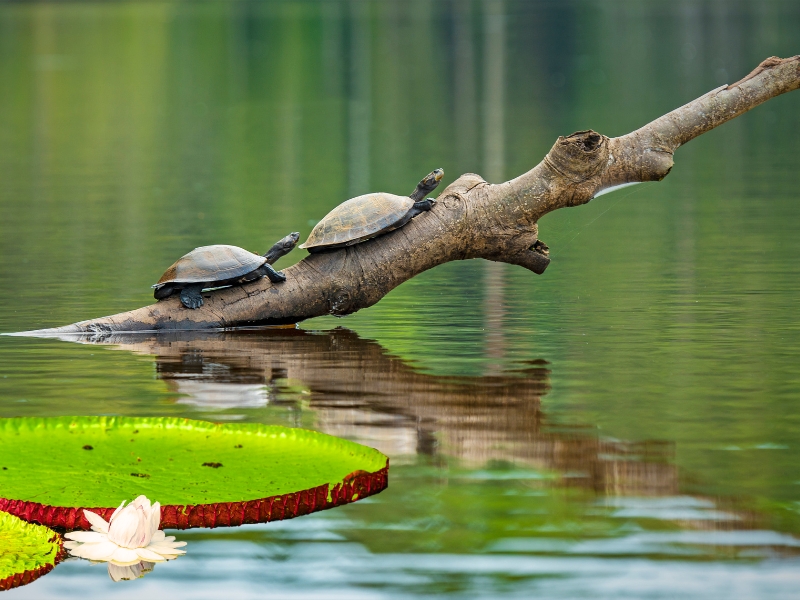
The Loreto region forms an impressive set of ecosystems that range from the high mountain forests of the Marañón and Huallaga basins to the extensive Amazon plain where the great Amazon River is formed. This, one could say, is the heart of the Peruvian jungle, where the rivers that form the Amazon converge: the Marañón and the Ucayali. Loreto is also the largest department in Peru, covering nearly 29% of the national territory. Upon entering Iquitos we find a set of low-lying forests with flat relief crossed by the Amazon.
The Amazon region is the area with the most biodiversity in the world, rich of plant and animal wild life as well as indigenous local people. Spend your days exploring, viewing wildlife, fishing and relaxing in comfort on the cruise. Experience up close the cry of colorful tropical birds, the lush smell of the rainforest, countless flowers, towering trees, pink dolphins playing alongside your boat, incredible reptiles and amphibians, iridescent butterflies, and captivating monkeys.
Loreto is one of the regions of the Peruvian Amazon, located in the northeast of the country. The trip from Lima to this department by plane takes approximately 1 hour and 50 minutes. It is bordered to the north by Ecuador and Colombia, to the east by Brazil, to the south by the department of Ucayali and to the west by the departments of San Martin and Amazonas.
There is not a single person in Iquitos who does not get excited when referring to “their” Amazon River and there is no traveler who is not left speechless when seeing, for the first time, this giant of murky waters stretching out to touch the thin green line of the forest miles away. The Amazon is the father of rivers and the symbol of the Peruvian jungle. Iquitos, that joyful city like few others that lives to the rhythm of cumbia and the roar of its thousands of mototaxis, is an invitation to get to know it and enjoy it. There are many reasons: beautiful lodges located in the forest, cruises that can turn the river crossing into an unforgettable experience, markets whose explosion of color and aromas transport the visitor to another dimension, ease and friendship, lots of friendship in abundance. The jungle of the northeast is a wonder that every Peruvian should explore. I assure you that you will not regret it.
Loreto is the Peruvian department with the greatest diversity of ethnic groups and indigenous languages. The State is currently working on preserving these languages, as they are in danger of disappearing: Urarina, Taushiro, Ticuna Cahuapana, Huitoto, Tucano, Peba-yagua and Záparo. The typical dances come from the original tribes: Shitaracuy, La Cajada, Chimaychi, Pandilla, Changanacuy, Pishta, and Llana are examples of dances that have fused ancestral customs due to the fusion of races.
The Pacaya Samiria National Reserve is located on one of the largest depressions in the Amazon, an aquatic world where the forests remain flooded for much of the year. It was created in 1982, located in the provinces of Loreto, Requena, Ucayali and Alto Amazonas, in the department of Loreto. This is the second largest protected area in Peru and the fourth in South America.
The main objective of the reserve is the conservation of the extensive aquatic ecosystems representative of the lowland forest of the Peruvian Amazon and its spectacular genetic diversity; to promote research into wild flora and fauna, both terrestrial and aquatic, and ensure proper management, particularly of endangered species; and to encourage the development of surrounding populations through the use of resources, as well as through tourism.
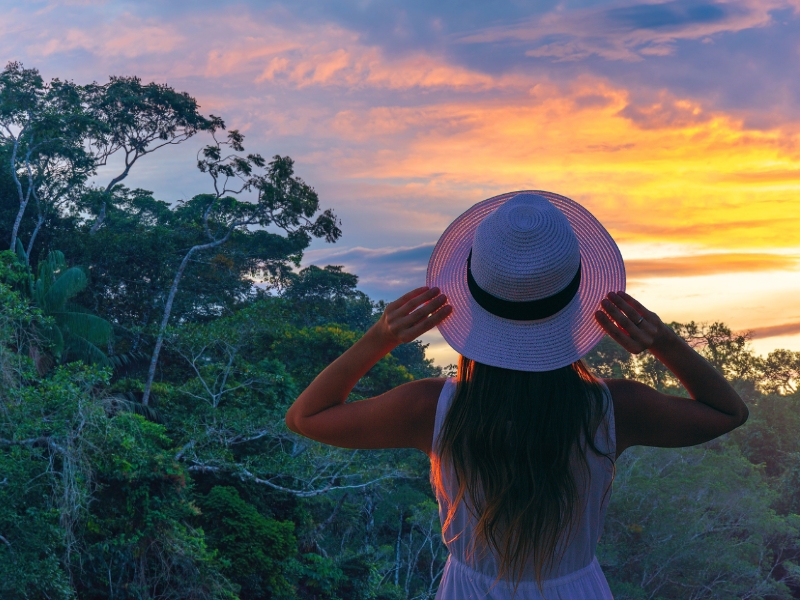
The Best Time to Visit Iquitos: Tips for an Unforgettable Experience You are probably planning a tour to the Peruvian jungle and you have chosen to go to Iquitos, but before you go you are wondering, when is the best time to visit Iquitos? We have compiled up-to-date information so that you have a very […]

The fascinating Culture of Iquitos: Explore the indigenous heritage and cultural diversity of the Amazon The Amazonian culture of Iquitos is characterized by its rich ethnic diversity and ancestral traditions, which reflect the interaction between indigenous communities and colonizers. This cultural fusion is manifested in music, dance and local festivities, as well as in gastronomy, […]

Iquitos Travel Guide: Experience the Magic of Peru’s Amazon City Check out our Iquitos travel guide before visiting the largest city in the Peruvian Amazon, Iquitos is a unique gateway to the lush, biodiverse rainforest that surrounds it. Accessible only by air or river, this vibrant city offers a rich tapestry of culture, history and […]
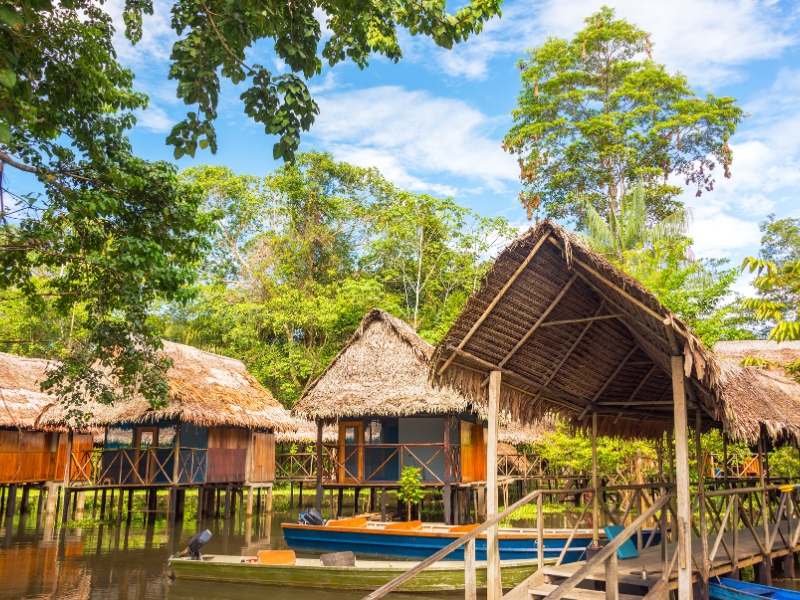
Get to know the best Iquitos Amazon Lodges The Loreto region has the best Iquitos Amazon lodges, each with different types of infrastructure from rustic to luxury, ready for days and nights of adventure and relaxation. Feel the magic of the Peruvian Amazon and visit one of the best lodges in Iquitos and enjoy its […]
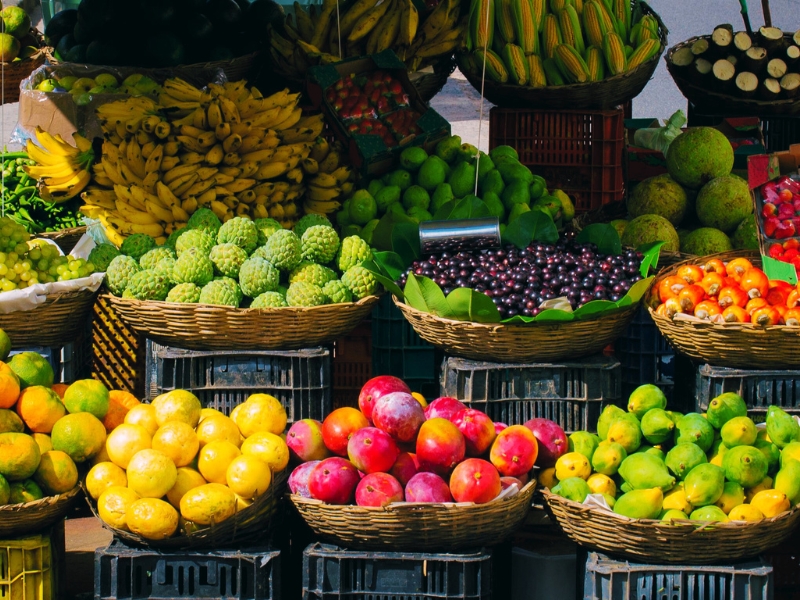
Enjoy the best Gastronomy of Iquitos Discover the gastronomy of Iquitos, this unique gastronomy is an invitation to live a culinary adventure that transcends the conventional. It is an opportunity to connect with ancient traditions and taste the authentic essence of the Amazon. Each dish is a work of art that reflects the respect for […]
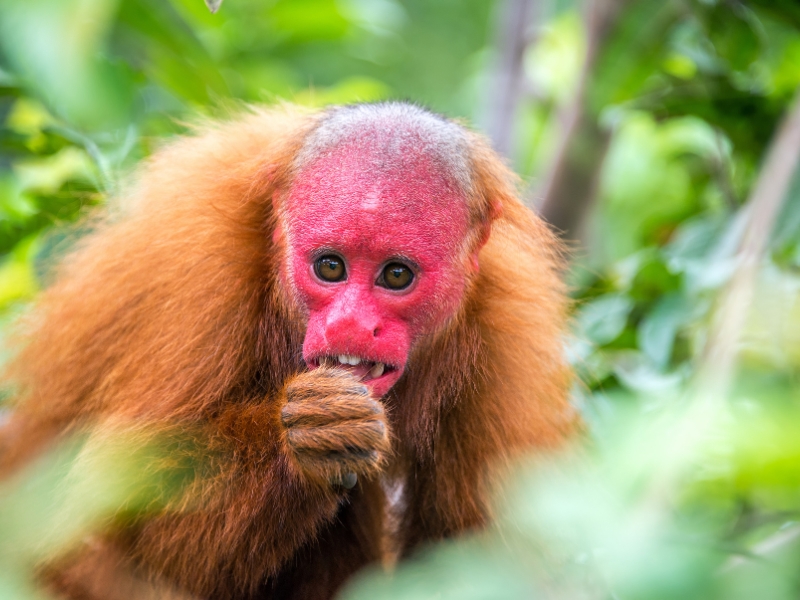
Visit the Amazon rainforest of Peru The Loreto Region, with its capital Iquitos, is located in the Amazon, which takes its name because it is made up entirely of the Amazon basin that gives rise to the Amazon River, a natural wonder and by far the most megadiverse life basin on the planet and whose […]
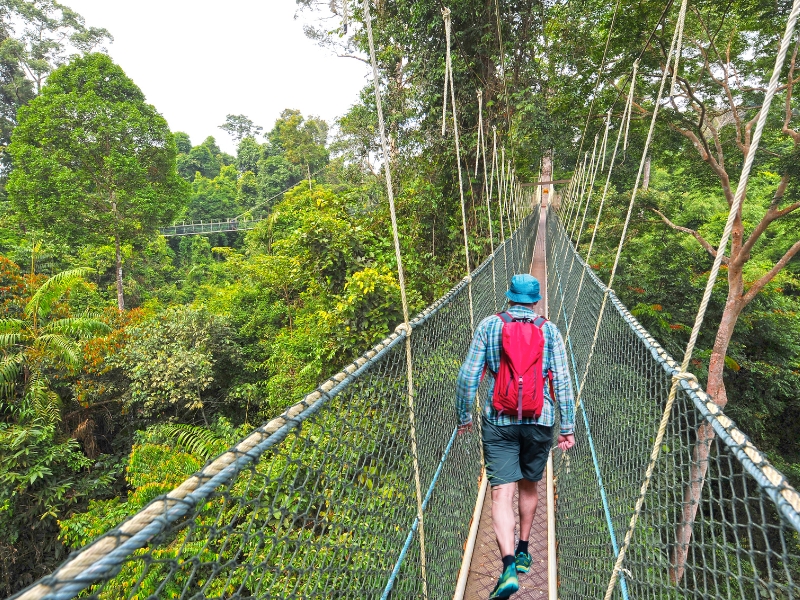
A trip to the rain forest is filled with interesting possibilities for adventure, whether through cultural exchange, photography, fishing, hiking, birding or wildlife spotting .The Amazon is one of Earth’s last refuges for jaguars, harpy eagles, and pink river dolphins, and home to thousands of birds and butterflies.

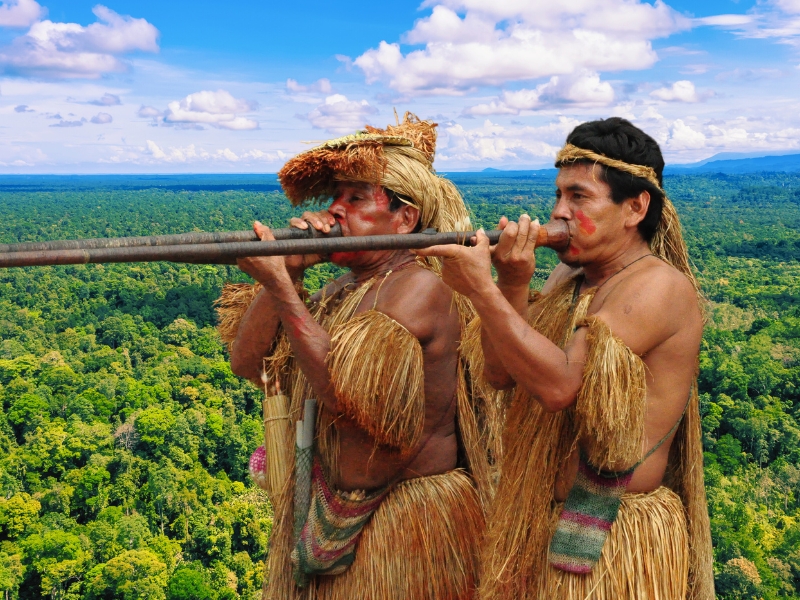
In the heart of the Peruvian Amazon, there is a natural paradise that will leave you breathless: Iquitos. With its impressive biodiversity, gastronomy, wildlife, lush jungle and a culture that is intertwined with nature.

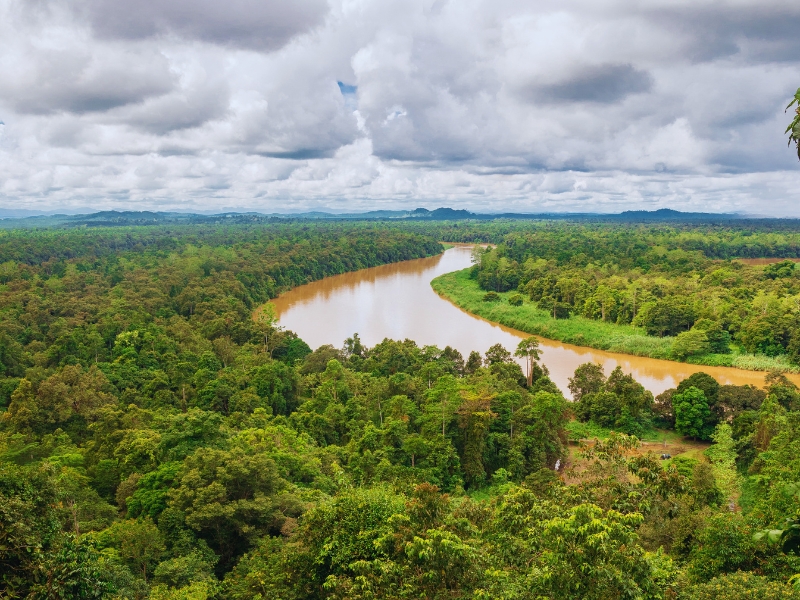
Embarking on a 4-day Iquitos jungle tour is not just a getaway; it’s an adventure that immerses you in the breathtaking beauty and vibrant culture of the Amazon rainforest. Picture yourself surrounded by towering trees, exotic wildlife, and the soothing sounds of nature.


Manu National Park is an excellent way to experience an intense amazon wildlife.Is the biggest Amazon rainforest in the Americas, its incomparable natural wealth, host the greatest amount of flora and fauna of the world.


Visit the beautiful Amazon jungle of Tambopata in South America and enjoy the most impressive natural spectacle, we are referring to the blue and yellow macaw clay lick. Accompanied by the best local guides.


The Manu Jungle tour goes to one of the largest life biosphere reserves in the World. You will enjoy wildlife, traditional villages, with the best specialized guides.

Peru’s unique combination of geographic and topographic conditions results in various climates, making it impossible to find the perfect time with the best weather for the entire country.
While you can expect the perfect, warm, and sunny weather during the southern hemisphere summer from December to March along the Peruvian coast and in Lima, that’s surely not the ideal time to travel to the Andean highlands including Cusco and Machu Picchu as it’s rainy season.
On the other hand, the best time to travel to the Peruvian Andean highlands and the Amazon rainforest is during the dry season between April to October which sees sunny days, bright blue skies in the Andes, and chilly nights, in the southern hemisphere winter; but during this period the weather along the coast and in Lima is not really inviting as it’s cool, damp and foggy.
 JANUARY
JANUARY
 20 °C / 7 °C
20 °C / 7 °C
 FEBRUARY
FEBRUARY
 20 °C / 6 °C
20 °C / 6 °C
 MARCH
MARCH
 20 °C / 5 °C
20 °C / 5 °C
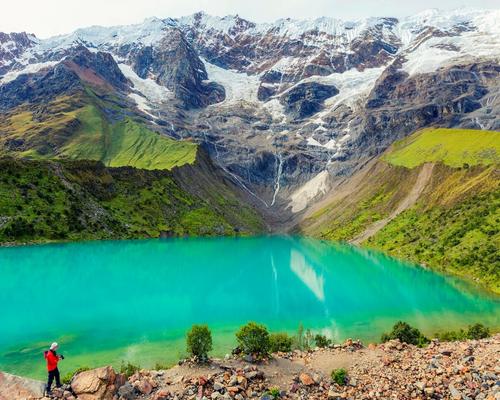 APRIL
APRIL
 21 °C / 4 °C
21 °C / 4 °C
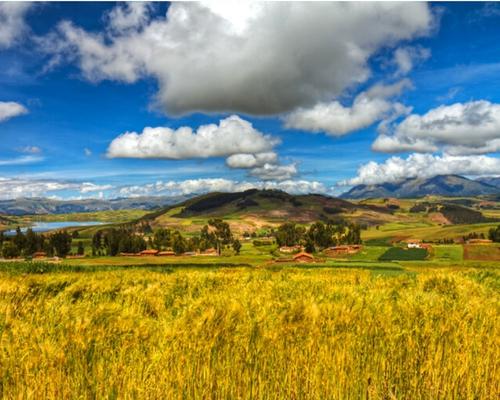 MAY
MAY
 21 °C / 0 °C
21 °C / 0 °C
 JUNE
JUNE
 20 °C / -5 °C
20 °C / -5 °C
 JULY
JULY
 21 °C / -3 °C
21 °C / -3 °C
 AUGUST
AUGUST
 21 °C / -1 °C
21 °C / -1 °C
 SEPTEMBER
SEPTEMBER
 21 °C / 3 °C
21 °C / 3 °C
 OCTOBER
OCTOBER
 22 °C / 5 °C
22 °C / 5 °C
 NOVEMBER
NOVEMBER
 23 °C / 6 °C
23 °C / 6 °C
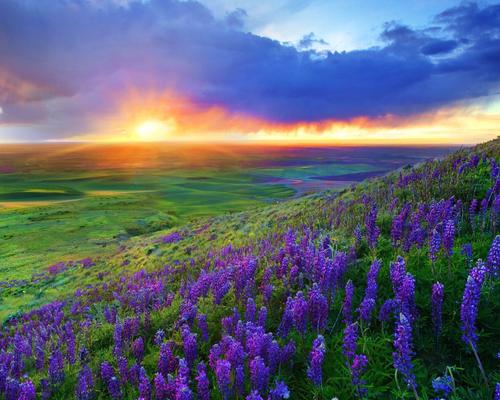 DECEMBER
DECEMBER
 21 °C / 7 °C
21 °C / 7 °C
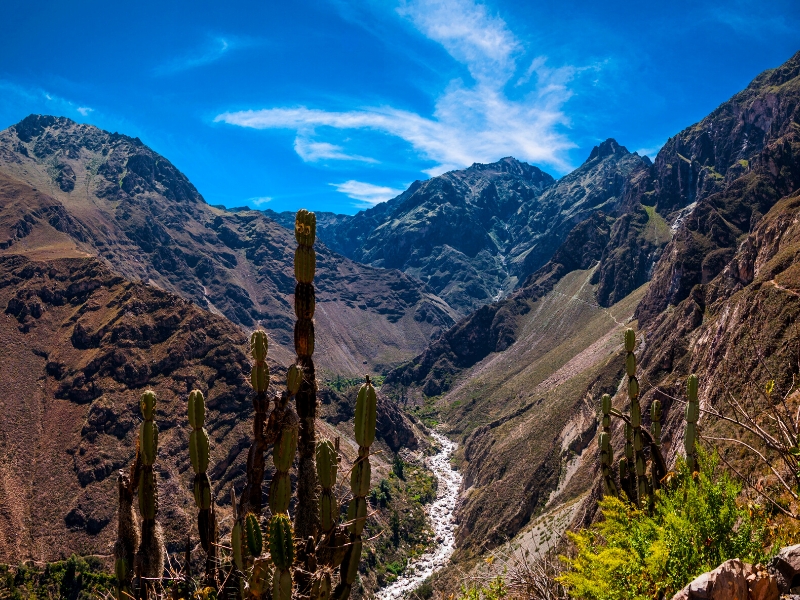



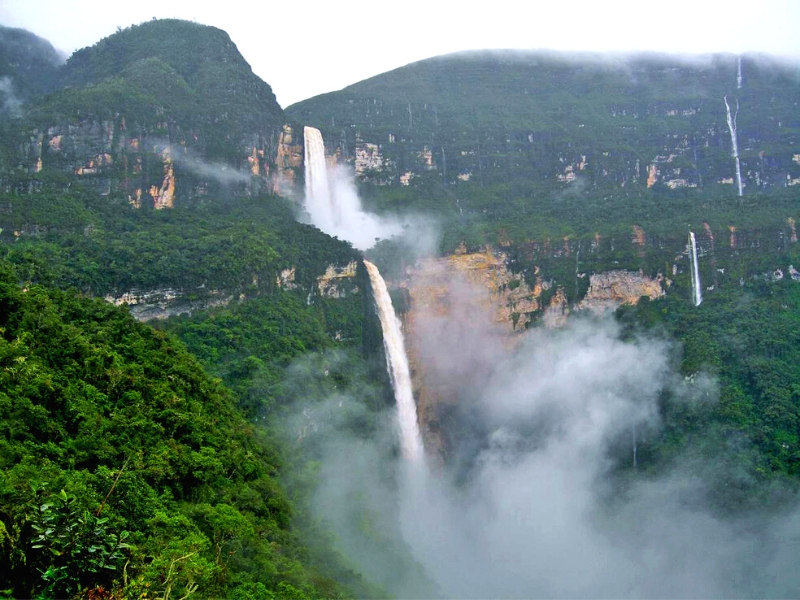
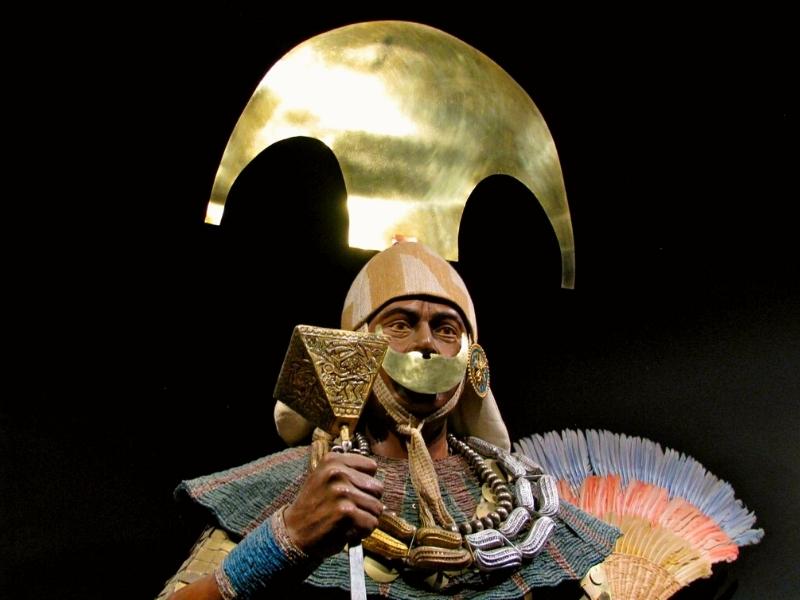

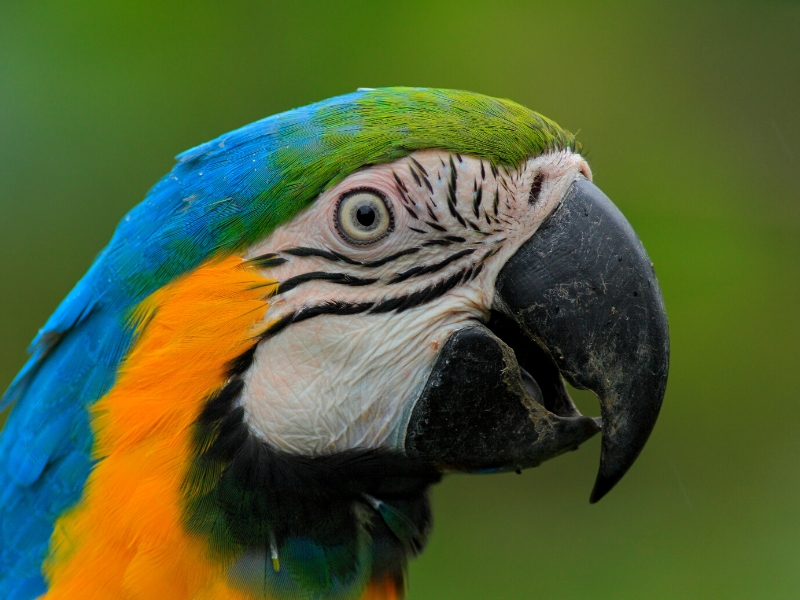


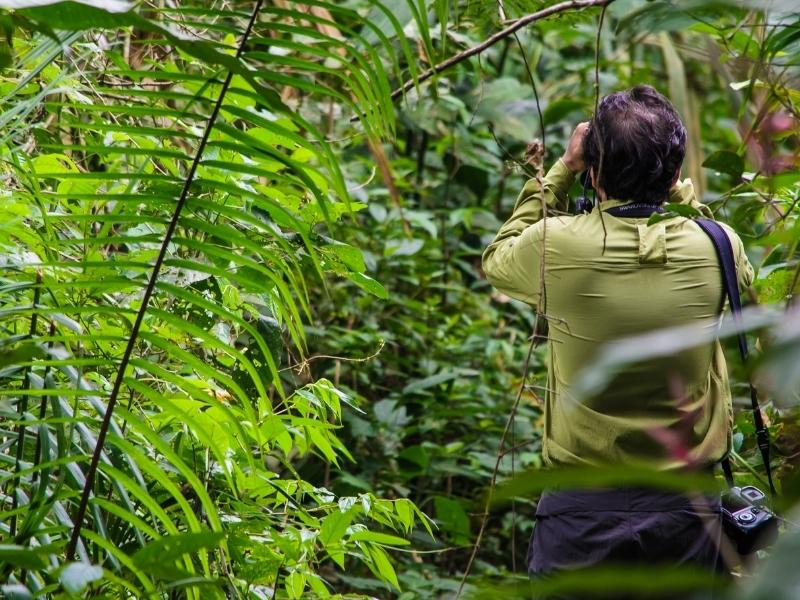
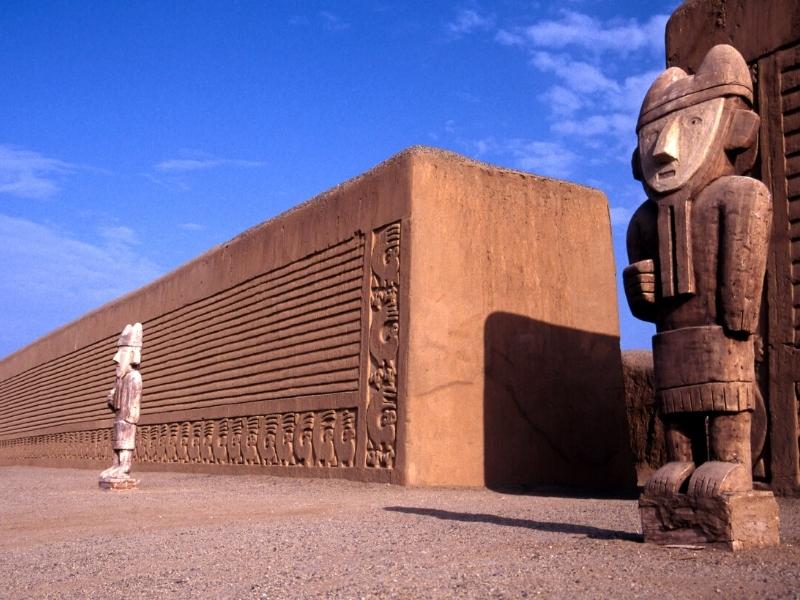
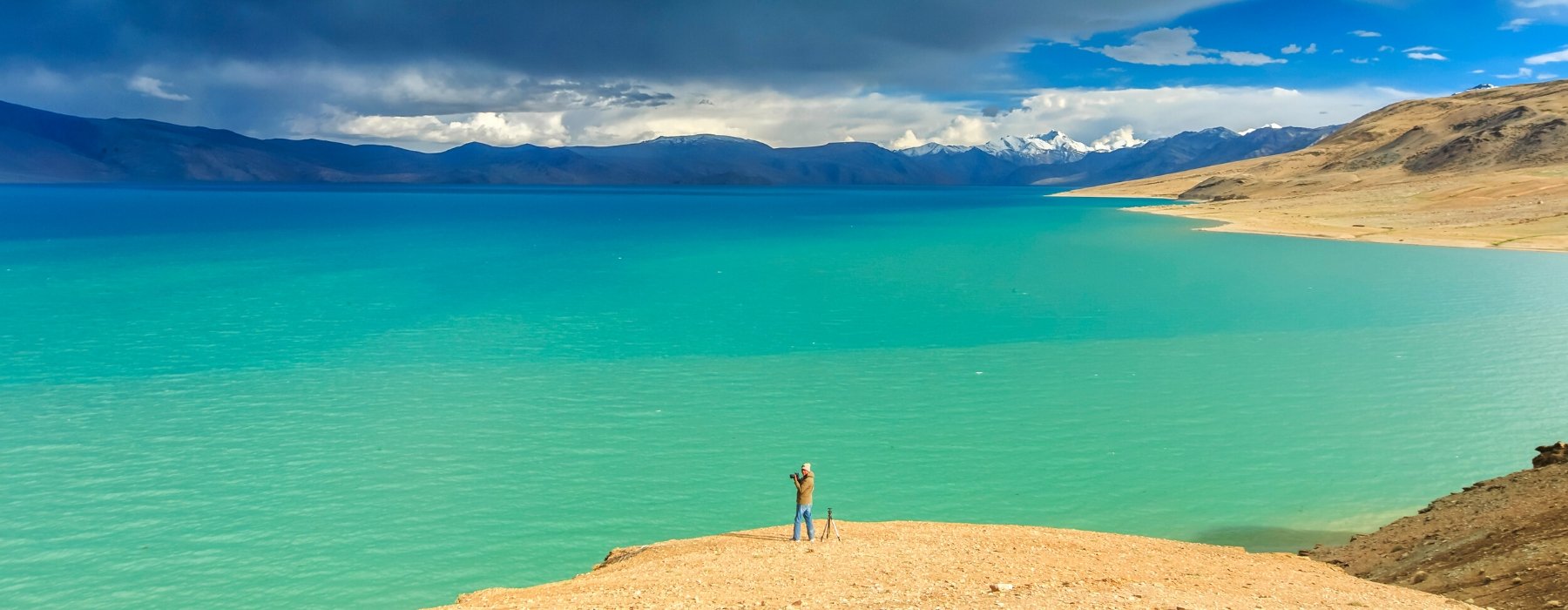
You’ll get up close and personal with the destinations and communities you travel through, seeing the cultural and historical highlights, natural wonders and wildlife, and local hidden gems.

Peru is a country of basically free access. Most of the countries of America and Western Europe do not require a tourist visa to enter Peru, and the maximum length of stay granted by the authorities is 183 days (it cannot be extended). For a stay for a longer period with other objectives (business, study, work, etc.) it is necessary to previously request the corresponding visa from the Peruvian consulates.
To enter Peru it is an essential requirement to present a valid passport with a minimum validity of six months from your entry into the national territory. Citizens of Argentina, Brazil, Paraguay, Uruguay, Ecuador, Colombia, Bolivia and Chile can enter with their national identification document.
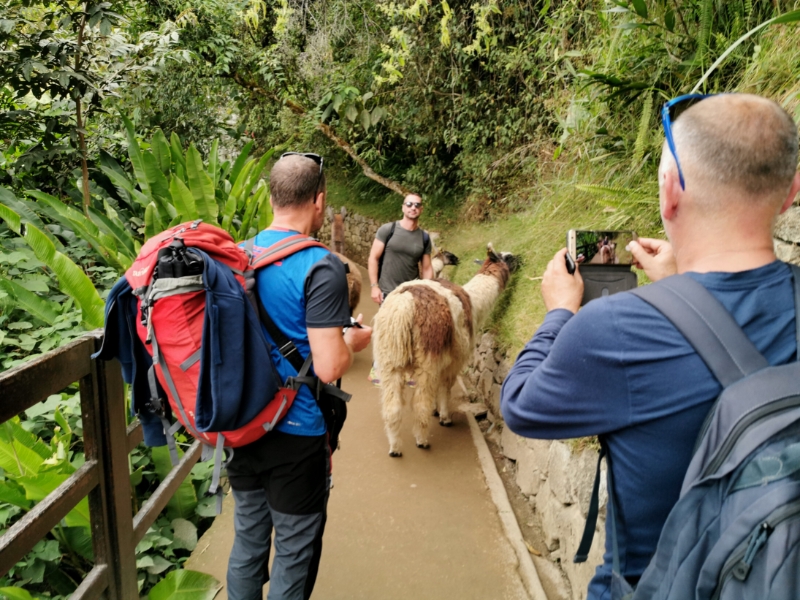
Traveling is one of life’s great pleasures and what most of us dream to do at one time or another in our lives. Discovering new cultures and visiting ancient ruins is what motivates us to travel. Peru has a rich and colorful history with many different regions to explore. While thinking of your Peruvian holiday you might want to also consider a group or individual tours in Peru. Both options are viable when traveling in Peru if you prefer the company of other people when you travel then a group tour will be for you. You’ll always have someone to keep you company along the route, but you don’t always have to walk together. Wherever possible your Andean Great Treks leader will allow everyone to walk at their own pace, regrouping regularly along the route.

The currency in Peru is the Sol. It doesn’t take long to get used to it. There are just over three Soles to the US Dollar (USD), around three and a half Soles to a Euro (EUR) and just over four Soles to the Pound (GBP). Rounding up helps you make quick conversions when deliberating prices and making payment. While some businesses accept US dollars and some ATMs allow you to withdraw it even, it is much easier to pay for day-to-day things with Soles including food and drink, shopping at local markets and entry to local attractions. There are ATMs in every major city in Peru and as a point of reference can also be found near each city’s Plaza de Armas (the main square). It’s highly unlikely that you will find any ATM in more rural areas including villages and small towns. The fee for withdrawing money at the Peru ATM is around $5-$7 per transaction. The maximum withdrawal is around $200 – $250 per transaction.

Like many other countries in developing destinations, the region’s beauty and uniqueness are countered by inequality and lack of investment. This has led to crime rates (mainly theft and scams) not being uncommon in the larger cities. We know this doesn’t sound very attractive, but it’s important to mention it regardless. Most experienced and well-traveled visitors will understand this well and not be too concerned. However, having said this, it is our duty to take care of you during your visit. That’s why we present you here with a few recommendations to be extra safe. Avoid walking alone at night on empty streets. Don’t flaunt valuables! If going for a walk or going on public transport, be sensible and avoid showing off expensive items such as expensive watches and jewelry. Be careful of pickpockets! Don’t leave your bags anywhere that doesn’t look safe, and make sure to take them with you.
Most people can start to feel the effects of altitude at over 2000 m (6561 ft) regardless of age, gender or fitness level. While our leaders have basic first aid training and are aware of the closest medical facilities, it is very important that you make yourself aware of the cause and effects of travelling at altitude, monitor your health and seek assistance accordingly. It’s important to take it easy, drink plenty of water and speak to your group leader at once if you feel unwell.
We recommend seeing your doctor if you have any health concerns before undertaking the trip. Particularly if you have a pre-existing medical condition or take any medication.
Absolutely. All passengers travelling with Andean Great Treks are required to purchase travel insurance before the start of your trip. Your travel insurance details will be recorded by your tour guide on the first day of the trip.
Travel insurance is compulsory on all our trips for those travelling internationally. We require that at a minimum you are covered for medical expenses including emergency repatriation. If you are travelling within your home country or region please confirm before travel that you are entitled to access the public medical system easily should an accident occur. We strongly recommend all travellers have a policy that also covers COVID-19, personal liability, cancellation, curtailment and loss of luggage or personal effects.
No vaccines are required in order to enter Peru but some are recommended for protection against disease. Visit your doctor or travel clinic for advice and make sure to schedule vaccinations 4-6 weeks before your departure date, as some require time to become effective.
Recommended travel vaccines for Peru
Drinking tap water isn’t recommended in Peru. For environmental reasons, try to avoid buying bottled water. Fill a reusable water bottle or canteen with filtered water. Ask your tour guide or the hotel where you’re staying where filtered water can be found. It’s advisable to avoid ice in drinks and peel fruit and vegetables before eating. There’s no need to worry about keeping your mouth closed while you shower, but if you have a particularly sensitive stomach, you may wish to use boiled or filtered water to brush your teeth or wash fruits and vegetables.
When ordering cocktails or smoothies, try to avoid drinks with ice. You can always ask the waiter or vendor if they use filtered water to make ice, but if you’d rather not risk it, just order your drinks ‘without ice’. Single-use water bottles contribute to a huge environmental problem, so your best bet is to bring a portable water filter or water purifying tablets, and a large reusable bottle to refill at canteens or hotels. Brands like Steripen sterilize water using UV, while bottles from Sawyer remove most bacteria through an in-built foam purifier.
Water safety tips for Peru
Here are some handy tips to follow when it comes to drinking water in Peru:
Most hotels, large retailers and tourist attractions accept credit cards but will usually charge a fee (about 5% to 7%) for using them. Make sure you carry cash for when you’re dealing with small vendors, family-run restaurants and market vendors.
There are many situations where you might want to use your mobile when travelling. It could be to call a hostel to book a room, arrange a meeting point for breakfast with your new travel friends, or contact loved ones in an emergency.
Mobile phone coverage is generally good in Peru’s cities, but may not be available in more remote and mountainous areas. You will be able to use your mobile/cell phone while in Peru, but only if you have activated global roaming or purchased a local SIM card. If you choose to activate global roaming, don’t forget to check with your provider as to what costs will be incurred to avoid any unwanted surprises when you get your phone bill – it’s often painfully expensive! You should also make sure you check that your phone is unlocked before leaving home or the local SIM may not work overseas.
Buying a local SIM in Peru
Many travellers prefer to buy a local SIM card instead of a roaming plan as it works out much cheaper. You can buy a SIM card at most airports and phone retail shops in the bigger towns and cities. There are several carriers to choose from in Peru, with both prepaid and postpaid options available. Though postpaid is slightly cheaper, it may require a minimum commitment period, so you might be better off going with the prepaid option. As far as carriers go, Movistar, Entel and Claro are some of the biggest and will offer you decent coverage, though it may be poor or cut off completely in more rural or mountainous areas like the Andes.
Peru has a mix of both squat toilets and western-style flushable toilets. It’s a good idea to carry your own toilet paper and hand sanitizer, as they are not always provided. Some public toilets charge a small usage fee. Expect to use squat toilets if travelling on the Inca Trail.
ATMs can be found in most of Peru’s major cities and tourist areas. ATMs are far less common in rural areas and small villages so have enough cash to cover purchases when travelling away from the larger cities.
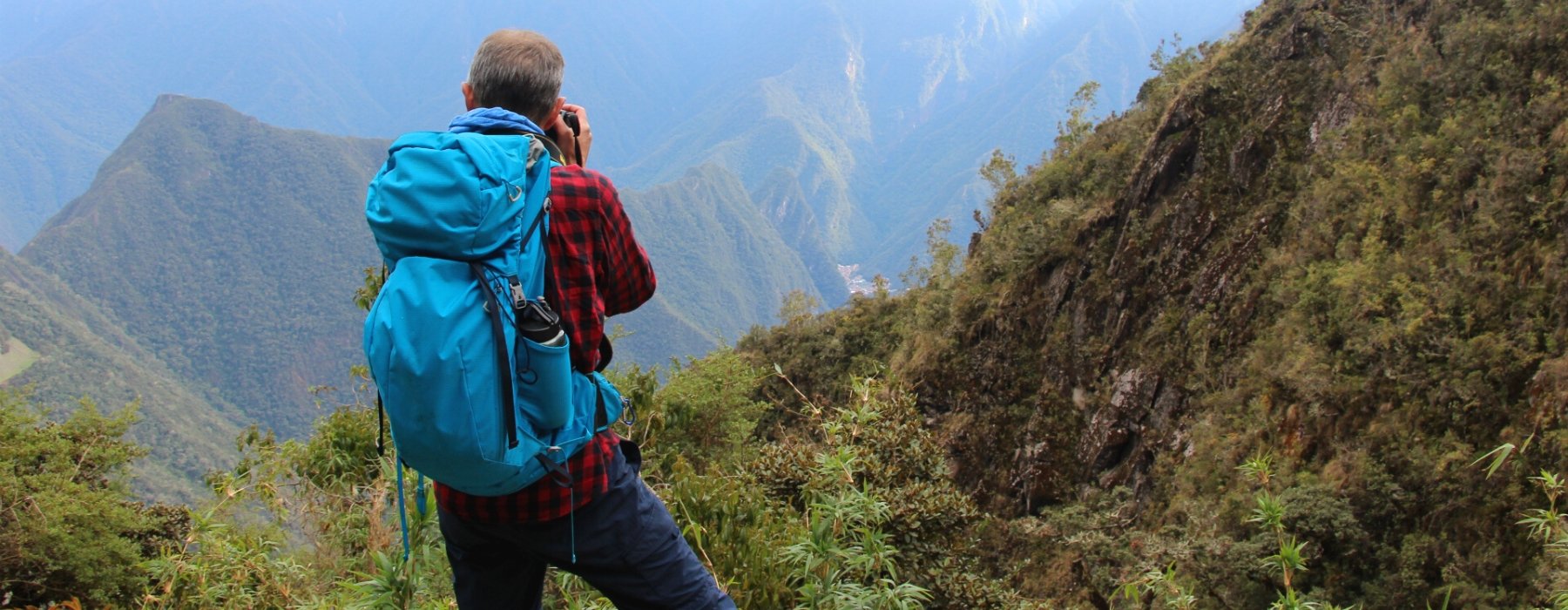
Every Andean Great Treks holiday has been thoughtfully planned and crafted by our specialists. They draw on their own extensive travel experience and the guidance and expertise of our local partners to create superb holidays. Our specialists are committed to making every aspect smooth and enjoyable; they genuinely want to ensure that the holidays they create leave you with wonderful lasting memories.
Every Andean Great Treks traveller is accompanied by an experienced tour guide, you will be immersed in Historic cities, ancient ruins and unfamiliar landscapes are all brought to life by our carefully selected local guides. They want to share their expertise and help you make your own discoveries too; their sole mission is to ensure you enjoy every moment.
Giving you the freedom to make your holiday even more memorable. We know how much our customers look forward to their holiday and we pride ourselves on the choice and flexibility that we offer to enhance every aspect of your experience. Whether it’s getting to the airport, upgrading your room or booking an additional excursion, we can help.

Our guides are the stars of the show; it is their unrivalled knowledge, passion and expertise that will transform your tour experience from good to truly extraordinary!
Because the have grown up in the area and know it like the back of their hand, so they can help you experience whichever aspects most interest you. They’re passionate about sharing their corner of the world with you, and as you explore together, they’ll open your eyes to the intricate details, provide background to enhance your understanding of what you’re seeing, and share stories that will bring everything to life.
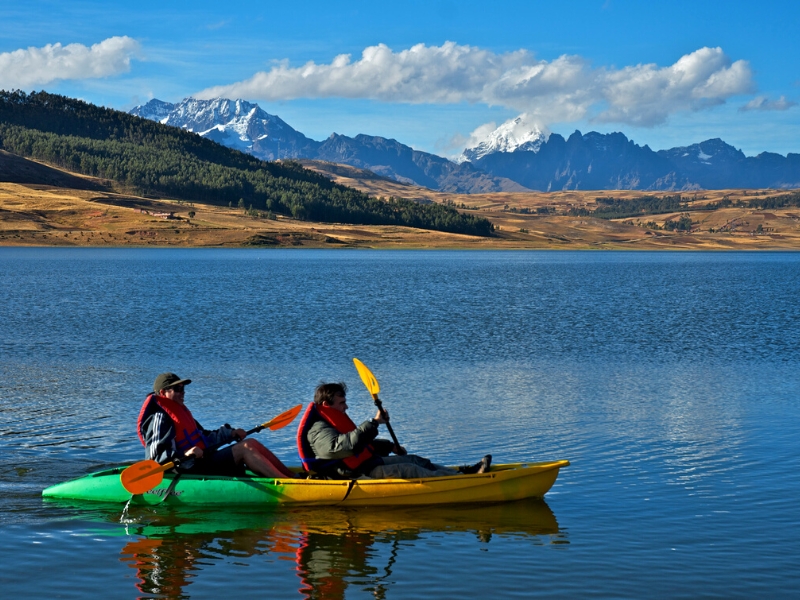
“Your inspiration for a trip can be a single word or a highly evolved outline, but it’s the conversations we have that help us understand the experience you’re looking for. Meanwhile, I’m looking back on the time I spent at the destination.
‘The great thing about working with a specialist at Andean Great Treks is how they take your complete jumble of ideas and turn them into something absolutely spectacular.’
As you begin to share your ideas with your specialist, it will connect them immediately back to a time in their own travels. Conjuring a picture of the rest time they made that same discovery, reminding them how it felt.
Your specialist understands that, when the journey is right, it has the power to excite your emotions in the most profound ways after all, that was the effect on them.
They carry a treasure box of moments, captured over many journeys, into every suggestion they’ll share with you, as they ask you how you want to feel on your trip.

EXPERIENCES THAT CALL TO YOU
It’s what you do in a destination that helps bring it to life. It’s why we strive to choose experiences that help you connect to a place, absorbing a little of its complex character. Wherever your passions lie, we’ll recommend experiences that speak to you, and we’ll recommend the guide or local expert who’s most qualified to help you explore. Packing your holiday full of special experiences means some early starts and long days, but you can be sure that you’ll return home with many incredible memories! Read our Tours and check the Physical Ratings to see if the pace and activity levels are right for you.

STAYS WITH DIFFERENCE
We know that where you stay is a cherished part of your travels. So, we go to great lengths to find places to stay that exceed expectations, or go above and beyond the ordinary, whether in their character, hospitality, or location. Over the years, we’ve discovered the very best properties, trying and testing them, so we can choose the right one for you. We’ve nourished long-standing relationships with these establishments and the people who founded them, and we’ve stayed there many times often, we’ll even know which rooms have the best views (and reserve them for you).
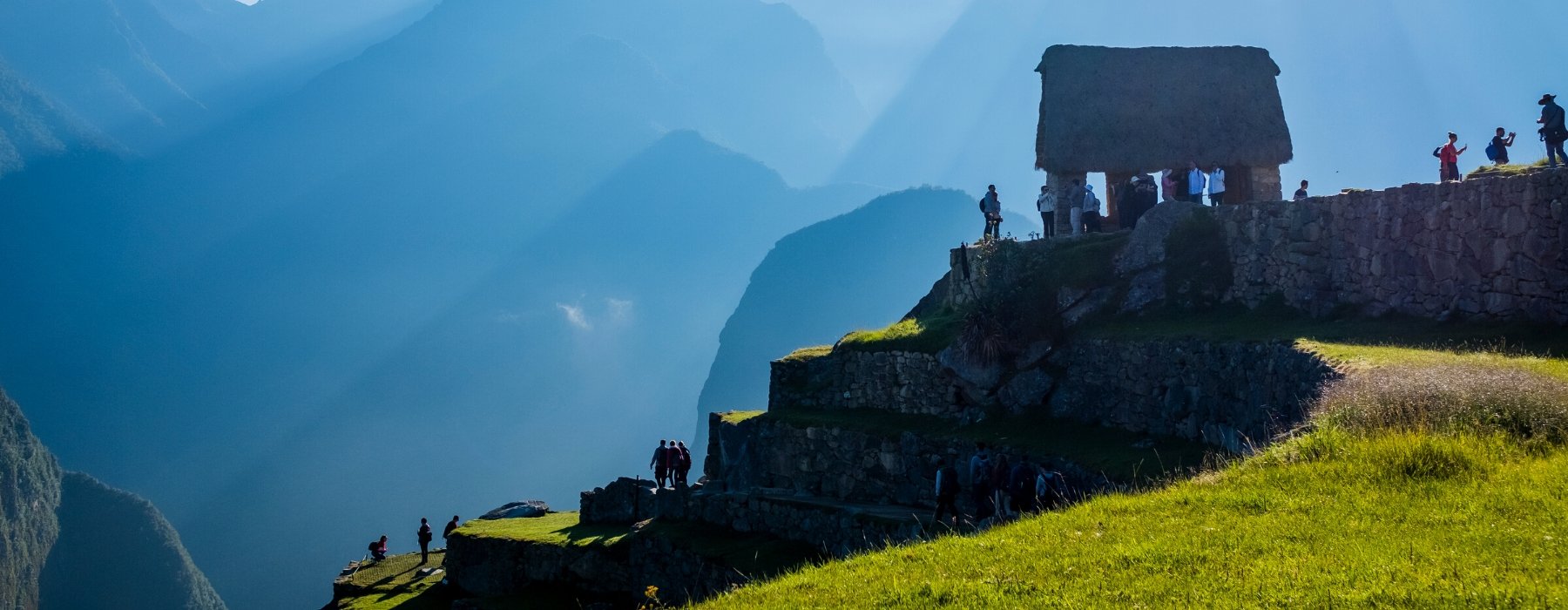
Our style of travel — authentic, thoughtful, and focused on building meaningful connections to the people and places you visit — is inherently respectful and considerate of the destinations we love. We design each aspect of your trip exactly as you want it, which includes its sustainability. That might mean choosing a train journey instead of a flight, staying at eco-friendly wildlife lodges, or opting for experiences that give back to the communities you’re visiting. The choice is yours.
Responsible travel has always been at the heart of what we do. First and foremost, because it gives you the best experience, but, also because it helps to preserve the communities and landscapes you visit. This isn’t new for us we collaborated with local communities and outside experts so we can grow to be better ambassadors.
The most authentic and interesting experiences often directly benefit the local people. We prefer to buy local products that are produced in the organic farms of the Sacred Valley, we also have alliances with local artisan organizations who provide us with souvenir items for our clients, your money directly benefits the local economy.
Our style of travel — authentic, thoughtful, and focused on building meaningful connections to the people and places you visit — is inherently respectful and considerate of the destinations we love. We design each aspect of your trip exactly as you want it, which includes its sustainability. That might mean choosing a train journey instead of a flight, staying at eco-friendly wildlife lodges, or opting for experiences that give back to the communities you’re visiting. The choice is yours.
Responsible travel has always been at the heart of what we do. First and foremost, because it gives you the best experience, but, also because it helps to preserve the communities and landscapes you visit. This isn’t new for us we collaborated with local communities and outside experts so we can grow to be better ambassadors.
The most authentic and interesting experiences often directly benefit the local people. We prefer to buy local products that are produced in the organic farms of the Sacred Valley, we also have alliances with local artisan organizations who provide us with souvenir items for our clients, your money directly benefits the local economy.

‘There’s a saying: we don’t inherit the Earth from our ancestors, we borrow it from our children. When we show you our country, this philosophy guides everything we do. It’s our responsibility to preserve the environment and wildlife, and support communities. That means using slower modes of transport, like cycling, employing local people, and working with communities who’ll benefit directly from your visit. This also gives you the best, most authentic impression of the places we want to share with you.
We prefer to buy local products in ecological bags, to avoid the use of plastic bags, likewise we teach the use of soaps and ecological products in each tour that we organize. We also work on reforestation projects with local communities who take care of landscape resources such as communal reserves, national parks.
‘There’s a saying: we don’t inherit the Earth from our ancestors, we borrow it from our children. When we show you our country, this philosophy guides everything we do. It’s our responsibility to preserve the environment and wildlife, and support communities. That means using slower modes of transport, like cycling, employing local people, and working with communities who’ll benefit directly from your visit. This also gives you the best, most authentic impression of the places we want to share with you.
We prefer to buy local products in ecological bags, to avoid the use of plastic bags, likewise we teach the use of soaps and ecological products in each tour that we organize. We also work on reforestation projects with local communities who take care of landscape resources such as communal reserves, national parks.